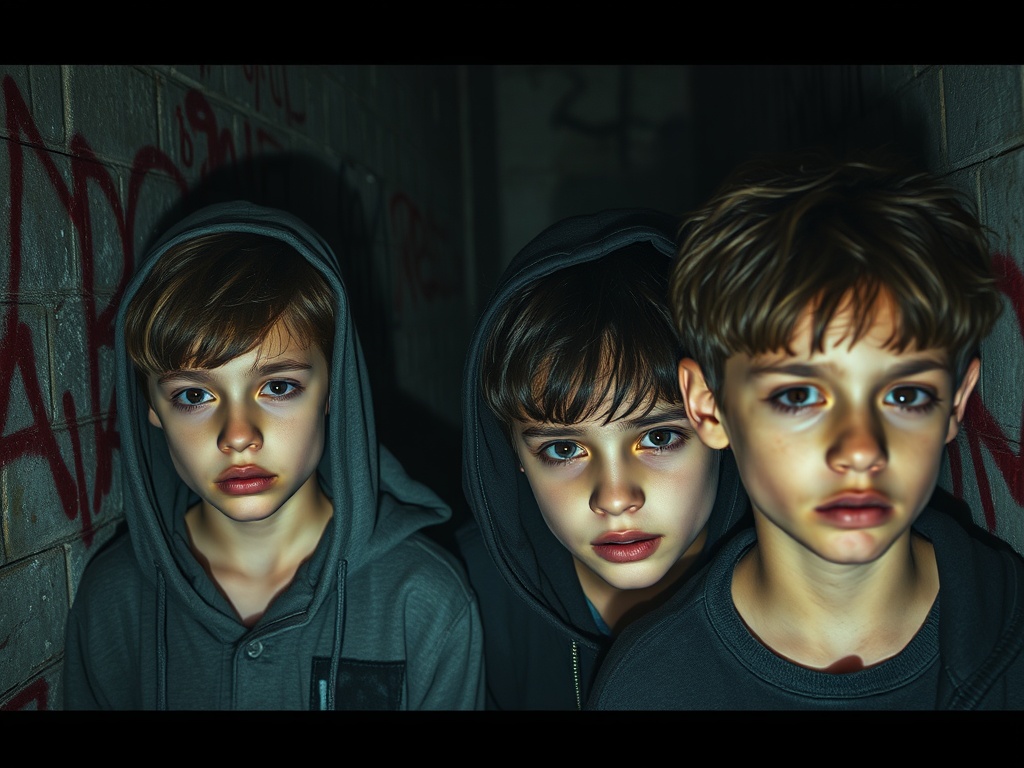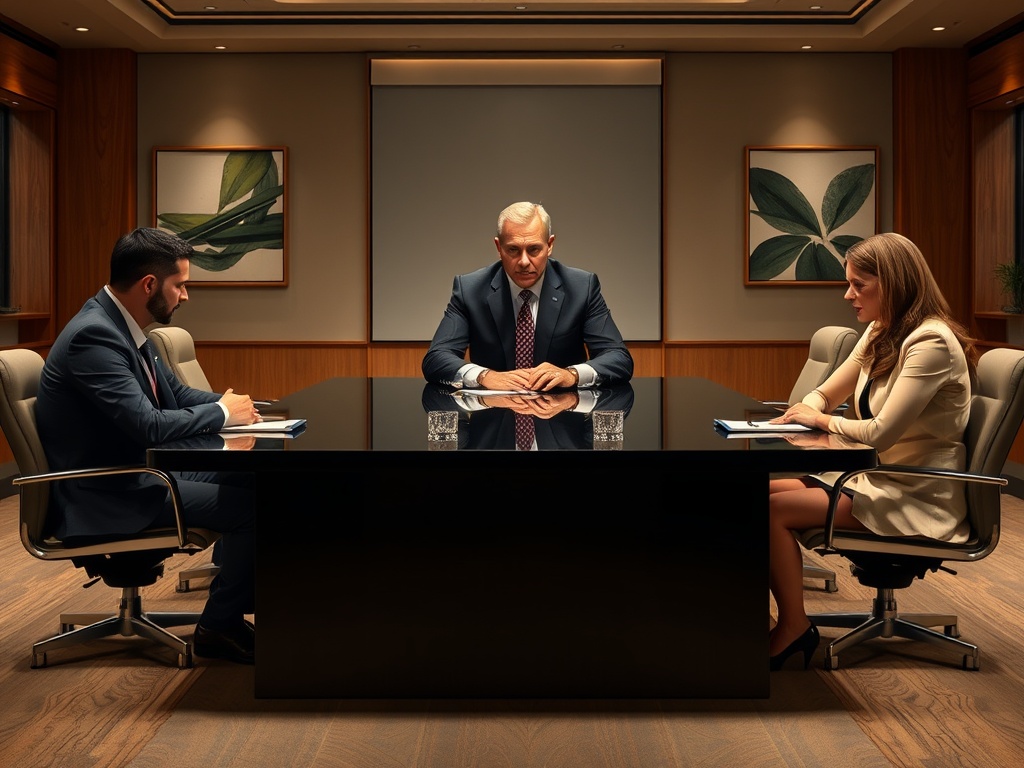The Roller-Coaster Life of Leo Sayer

Leo Sayer has an abundance of captivating stories to share. One particularly remarkable tale dates back to August 15, 1977. At this peak of his career, Sayer had just achieved significant success with two of his songs—“You Make Me Feel Like Dancing” and “When I Need You”—both of which had topped the U.S. charts, the latter even earning him a Grammy and marking his only UK number one. While on tour in Memphis, Sayer received an unexpected phone call: it was Elvis Presley on the other end. “He seemed to really like me! We had a wonderful conversation, and he invited me to visit Graceland the next day.” Unfortunately, that visit never transpired, as Elvis passed away just hours later. “That was surreal. What a circumstance.” Was Leo Sayer potentially the last person to converse with the King of Rock? Not exactly, but years later, he crossed paths with Elvis’ then-girlfriend, Ginger Alden. “She said, ‘I need to tell you that the last time I was with him, he was jumping up the stairs singing “You Make Me Feel Like Dancing.”’ It’s extraordinary, so fantastical. When she shared that with me, I felt this overwhelming need to tell others.”
Reflecting on another moment in his career, Sayer recalls meeting Paul McCartney early on. “He offered me some sage advice: ‘Don’t cut your hair.’” Sayer’s iconic voluminous perm—inspired by his idol Bob Dylan—became a signature part of his persona, complementing his unique falsetto and the soft-rock-meets-disco-pop sound he was known for. “It was solid advice. Standing out was crucial. Eventually, you become a brand, right? Just like John Lennon with his glasses.”
Speaking of Lennon, Sayer reminisces about working at a studio where Yoko Ono resided upstairs. During that time, he was still a budding graphic designer known as Gerrard Hugh Sayer from Shoreham-on-Sea. “John Lennon would often come down for a smoke. He’d offer, ‘Want a ciggie?’ I’d respond, ‘I’ve got one.’ He’d insist, ‘No, try one of these.’” Sayer chuckles mischievously at the memory. He also recalls a flight where he sat next to a bandaged Muhammad Ali. “He claimed he trained to my songs. Was it just talk? I don’t think so!”
Throughout his career, the popularity of Leo Sayer has ebbed and flowed (Photo: David Redfern/Redferns). Before hitting the big time, he immersed himself in the vibrant rock scene of 1960s London. He mingled with The Rolling Stones and even played harmonica for guitar legends Jeff Beck and Eric Clapton. Additionally, he drew cartoons for Barry Humphries and designed album covers for Island Records, including the iconic cover for Bob Marley’s Catch a Fire. “I tentatively mentioned to him that I designed that cover, and he replied, ‘Oh man, that’s my favorite!’ That definitely elevated my status in his eyes.” His songwriting journey began in tandem with notable figures, as he co-wrote The Who frontman Roger Daltrey’s first solo album. “At times, I feel like my career has been like a Forrest Gump tale within the music industry,” he muses. “I still find it hard to comprehend.”
Sayer is currently on a video call from his serene countryside home in New South Wales, Australia, where he resides with his wife, Donatella. At 76, he remains as spirited and playful as ever, with his iconic perm still intact. However, his journey has not been without challenges. There have been prolonged periods when Sayer found himself out of the limelight, coupled with a series of financial difficulties. “I encountered one rogue after another,” he confesses. One of these was Adam Faith, a former pop star turned music mogul who initially helped catapult Sayer into stardom but ultimately betrayed him. “Adam Faith was an incredible mentor who opened numerous doors for me. He motivated me relentlessly. I was very shy, while he was outgoing. But tragically, the very person who helped me ended up robbing me blind. I experienced both sides of the same coin.”
For a time, however, life was blissful: with his second single, Sayer found himself on Top of the Pops, captivating audiences dressed as a Pierrot clown while performing his number two hit, the music hall-inspired “The Show Must Go On.” (Unfortunately, clips from that performance are hard to find due to the involvement of Jimmy Savile in the footage.) Following that appearance, a further nine Top 10 hits followed, with Sayer enjoying the high life in Los Angeles.
However, by the mid-1980s, Sayer found himself struggling to gain traction in the industry. “Punk really transformed the music landscape,” he explains. “The ethos was to reject everything that came before.” During a tumultuous divorce from his first wife, Janice, in 1985, Sayer took a hard look at his finances for the first time. “I’ve never been good with money.” The findings were disheartening: Faith had taken him for a ride. To make matters worse, it became evident that Faith was turning down lucrative opportunities without Sayer’s knowledge—film roles and chances to work with prestigious producers. “I had a manager who wanted to control every aspect of my career.”
Sayer made a series of poor decisions while trying to reclaim his former glory. “After a few hits, you naturally desire more. At times, you might not be thinking clearly and may end up pursuing dodgy opportunities, which I certainly did a few times. You sometimes compromise your ethics.” The 1990s were riddled with legal battles and disputes: in 1992, he successfully sued Faith for mismanagement, reportedly for £650,000; he also won a publishing case against Chrysalis, his former label. In 1996, he sued his management team for a supposed £1 million in lost pension, though he ultimately withdrew due to soaring legal fees.
Having just relocated to Australia to escape the UK (“I really needed a fresh start”), Sayer experienced an unexpected revival. DJ Meck’s dance remix of his 1979 track “Thunder in My Heart” shot straight to number one in the UK in February 2006, becoming a massive hit in clubs. “I was swiftly flown back to London. It felt surreal. Suddenly, I found myself on pop shows alongside Blue and other contemporary acts. While the teenagers were screaming for them upon entry, my performance drew a vastly different reaction.” It was exhilarating to reclaim his status. “I believe it shifted perceptions. It demonstrated that while you may be older and feel your time has passed, you can still be relevant.”
This resurgence led to Sayer’s participation in the infamous 2007 edition of Celebrity Big Brother. Even considering the toxic atmosphere of that season—marked by the Jade Goody racism scandal—Sayer found the experience to be miserable. “I had no idea what I was getting into; I had never watched the show.” His manager assured him that the exposure would lead to a new recording opportunity. “It turned out differently. I didn’t come across well—definitely not as charming as I do today—and I ended up escaping the house after being denied fresh underwear. I smashed open a fire door with a broom before having a heated confrontation with security, who attempted to keep me inside.” After enduring 12 days, he was at his breaking point. “I discovered I was extremely claustrophobic.” How does he reflect on that experience? “I simply told myself it never happened. It’s a healthier way to process it. But it was an eye-opening experience about human nature. It was pretty dreadful, though. Like being trapped in a cult—‘switch off all intelligence.’”
If you’re considering that all of these experiences could inspire a film, you’re spot on: Sayer has just penned his autobiography, brimming with tales, and is working to adapt it for the big screen. “I have a producer and director who are sifting through the events of my life.” Who does he envision playing him? “I think Jesse Eisenberg would be perfect. He has that intensity,” he says, moving animatedly in his seat.
Even today, Sayer remains active in the music scene. Since 2008, he has released five albums, with the most recent being a collection of unreleased tracks from 1992 titled 1992. Last year, he embarked on a tour celebrating his 50th anniversary in the industry. Currently, he’s involved with the charity album Think Loud 4 Parkinson’s, which aims to raise funds for Parkinson’s disease, featuring collaborations with artists like Hank Marvin, The Waterboys, and Paul Carrick.
Sayer contributes three songs to the album, including a fresh rendition of his original 70s rock-style track “Think Loud,” which offers insight into mentally preparing oneself to speak; a revamped version of his soulful 2019 track “Soul Mining,” featuring new vocals from Shakespears Sister’s Marcella Detroit; and a mashup from his 2022 Beatles covers album Northern Songs, which combines “Eleanor Rigby” and Michael Jackson’s “Billie Jean.” (“That one stirred some controversy among Beatles fans—they thought it was untouchable.”) Parkinson’s disease hits close to home for Sayer. “Richard Perry, my old producer, just passed away from Parkinson’s. So it’s a cause that truly resonates with me.”
With more albums on the horizon and aspirations for a slot at Glastonbury, Sayer’s optimism shines through. “I’d love to make that happen, but it requires someone to step forward and say, ‘You’re in.’” Sayer might just be the most optimistic person I’ve ever interviewed. “You’ve noticed,” he replies with a grin. “Perhaps naively, I believe my best work is still ahead of me. I genuinely think I could sit down next week and write even better songs. As long as you possess willpower, there are always possibilities.”
Kindred Spirit – Think Loud 4 Parkinson’s is out now. Leo Sayer tours the UK starting July 7.




